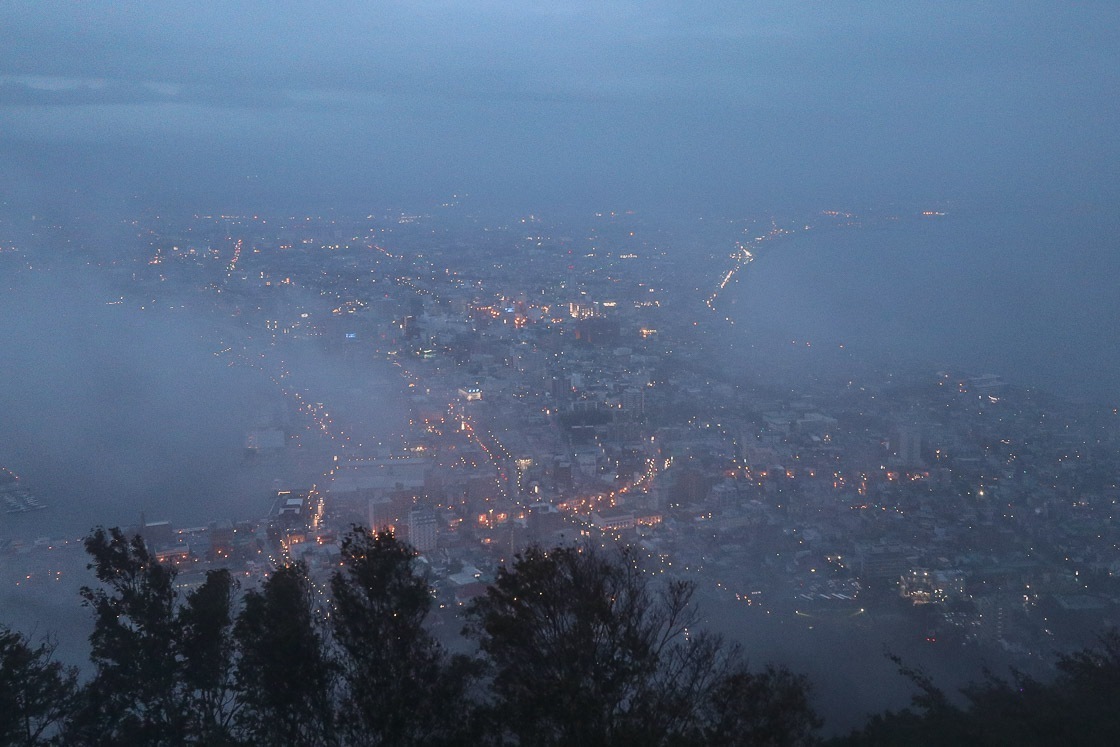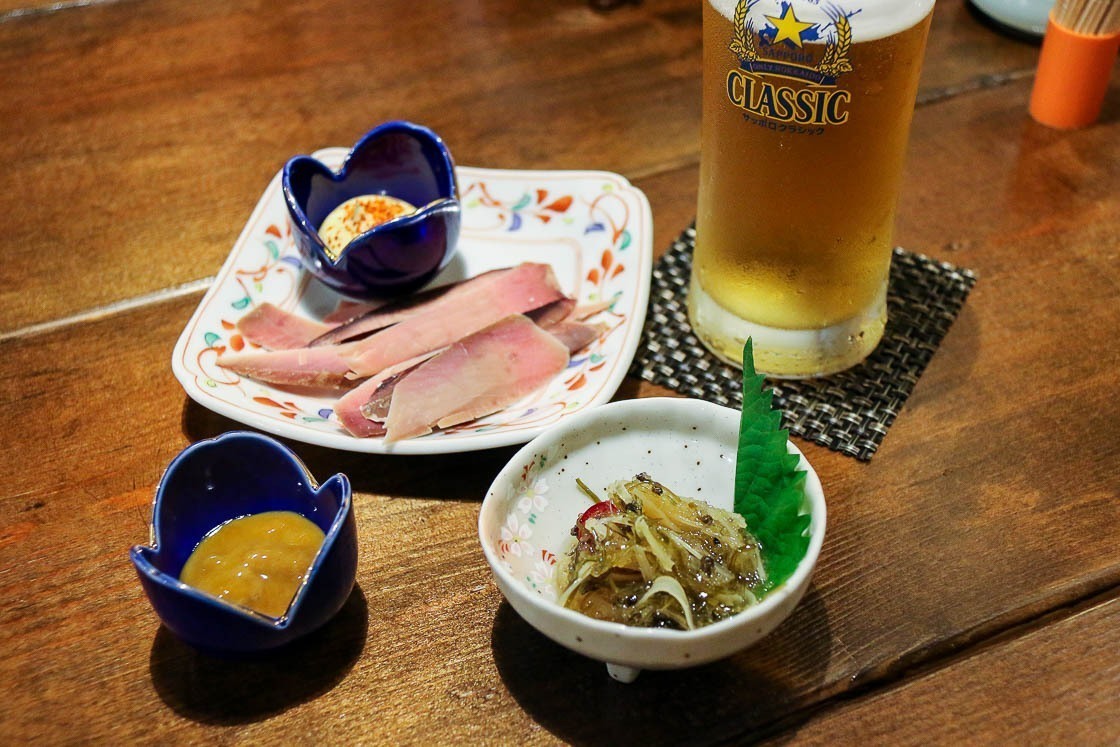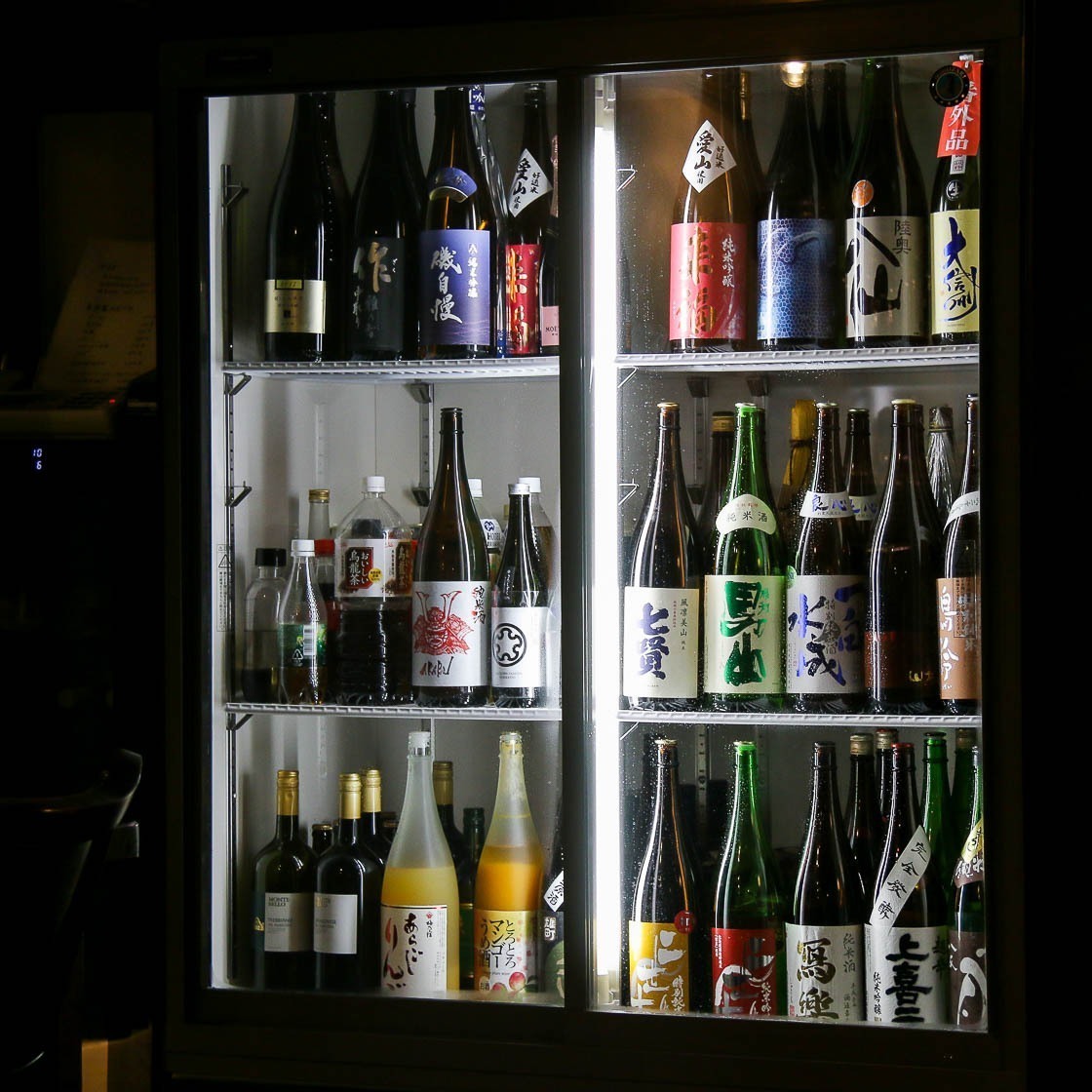Traveling between Sapporo and Hakodate
Hokkaido is known for its great outdoors: large rolling fields and plains, volcanoes and hot springs, world-class ski slopes, wildlife and delicious food, including seafood, vegetables and dairy products. This region is quite different from the others in Japan and much of the natural environment here has been left untouched. It is in this unspoiled landscape where visitors can enjoy and sense nature, through outdoor art installations and museums, and the changing landscape over the four seasons.
Two of Hokkaido's most popular cities are the capital of Sapporo and the southern city of Hakodate. Many tourists travel nonstop between the two cities, which is an easy 3.5 hour ride by limited express train. Splitting the train ride into an overnight trip, however, can add a lot more to it as there are plenty of attractions along the way. On my journey from Sapporo to Hakodate, I decided on an overnight stay at Toyako Onsen, a hot spring town midway between the two cities.

Day 1
I started my day in Sapporo with a morning visit to Moerenuma Park, a large park just outside of central Sapporo that opened in 2005 and was designed by renowned Japanese-American sculptor Isamu Noguchi. From the park, I took advantage of the direct hourly bus to the Sapporo Beer Museum where I had some delicious beer and lunch.

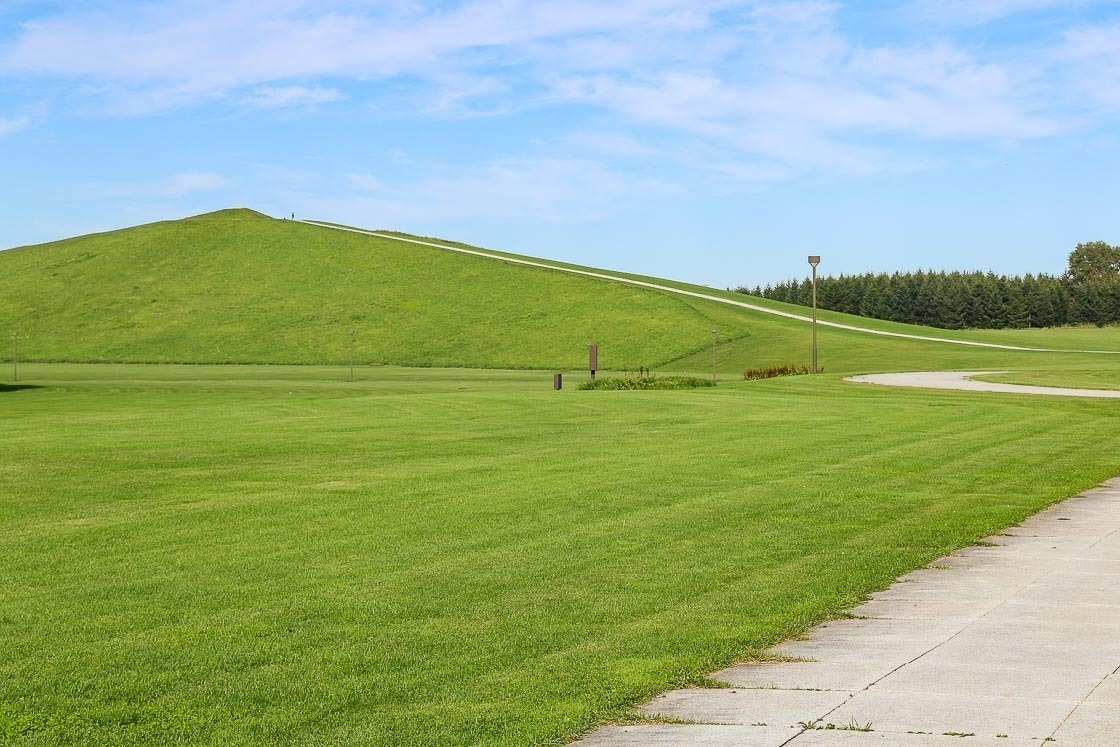
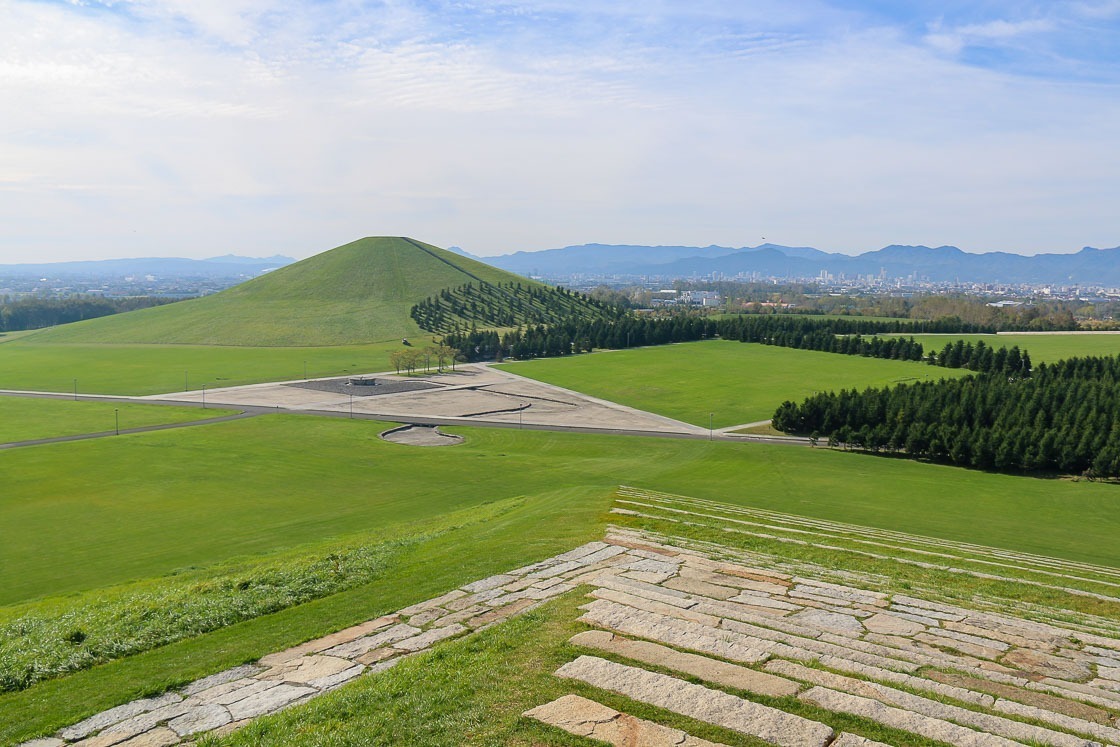
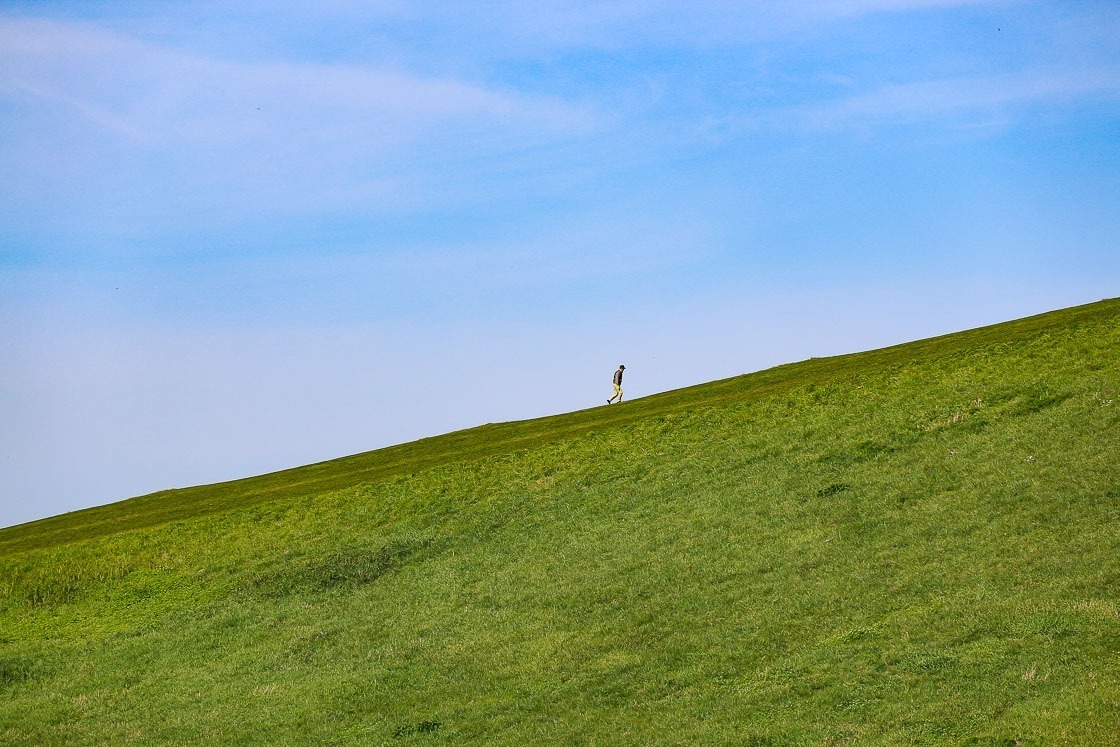
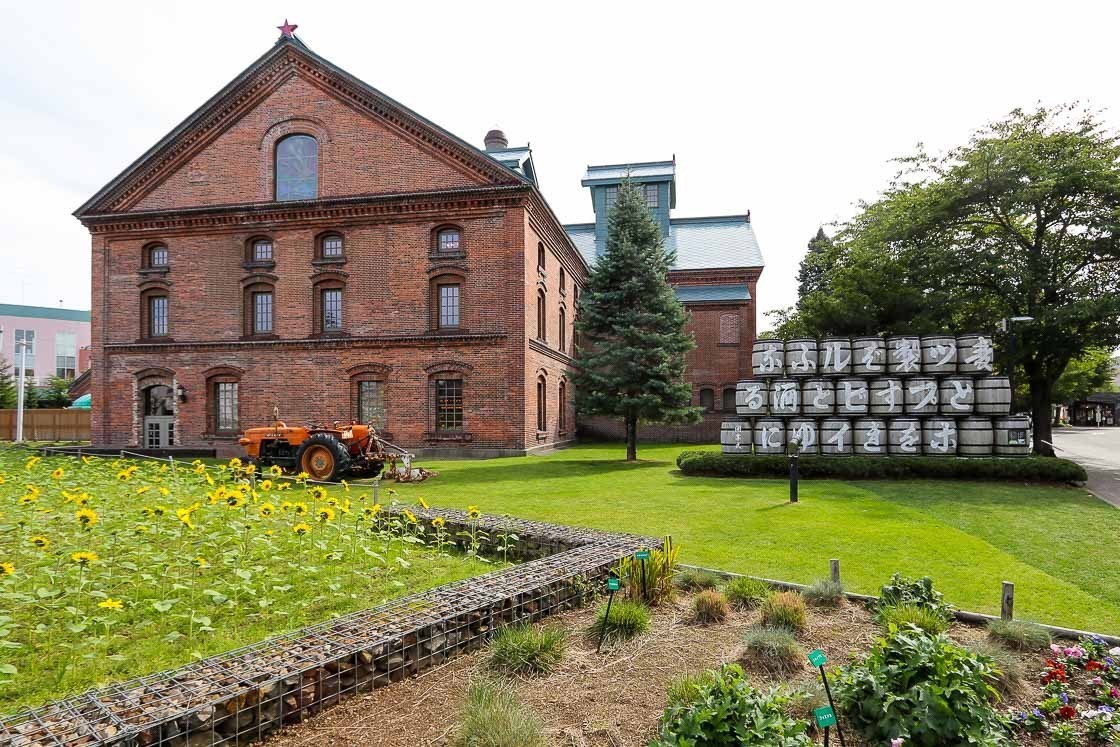
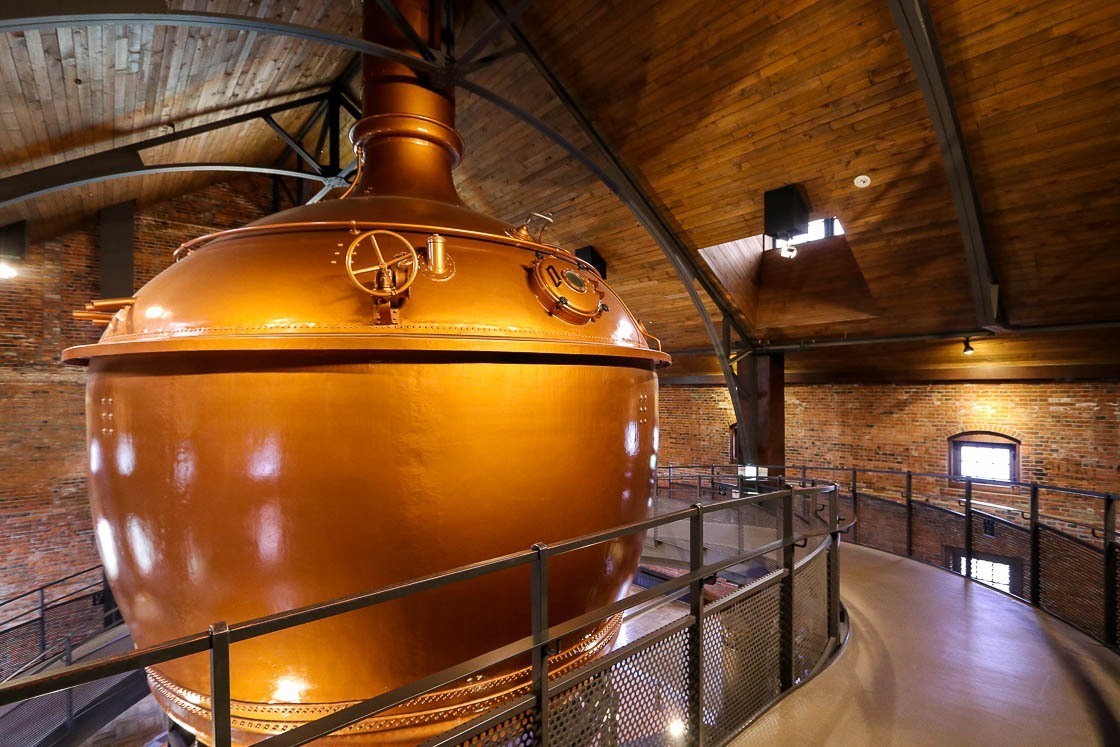
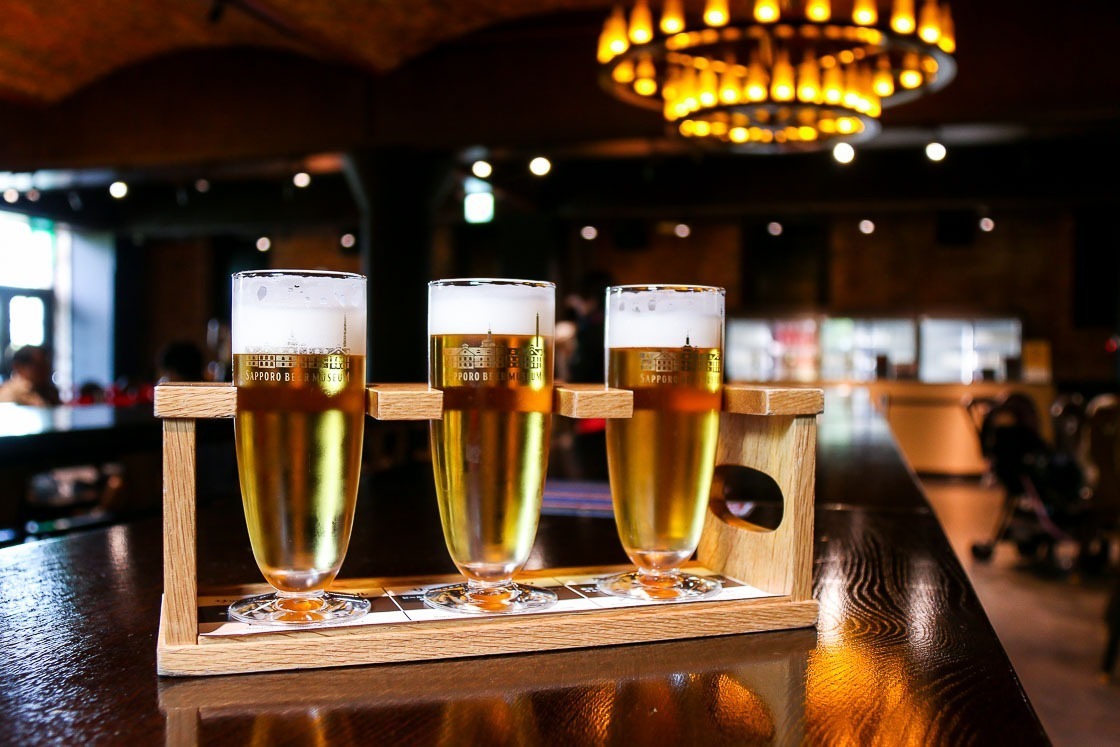
After I had my fill, it was time to get started on my journey to the south. The limited express train Super Hokuto brought me to Toya Station in about two hours. There are a number of attractions in the area around Toya Station, namely Lake Toyako, a large caldera lake, the hot spring town of Toyako Onsen and Mount Usu, an active volcano.
I took a bus from Toya Station to Toyako Onsen, and as it was still relatively early when I arrived at my hotel, I went for a walk around the waterfront to check out some of the art sculptures that are scattered along the lake shore. After a pleasant walk, I returned to my hotel for a bath before dinner. One of the highlights of staying at Toyako Onsen are the fireworks which are held daily from 20:45 to 21:05 between April and October. Note that the fireworks schedule is current for 2018.
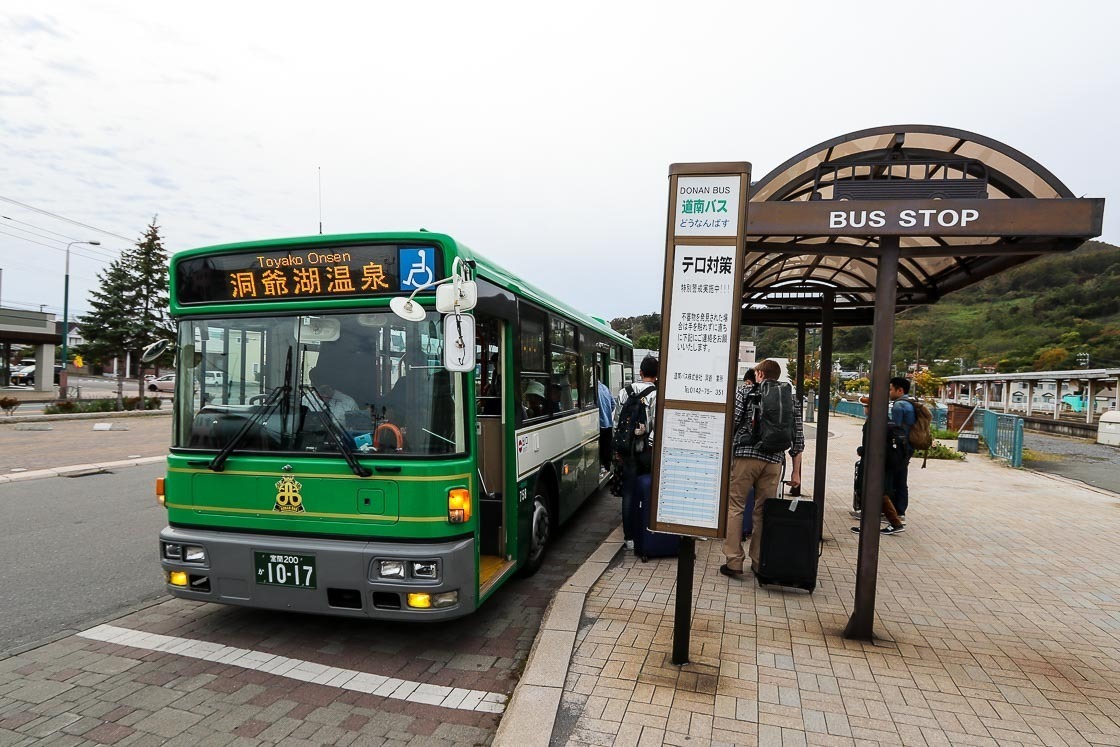
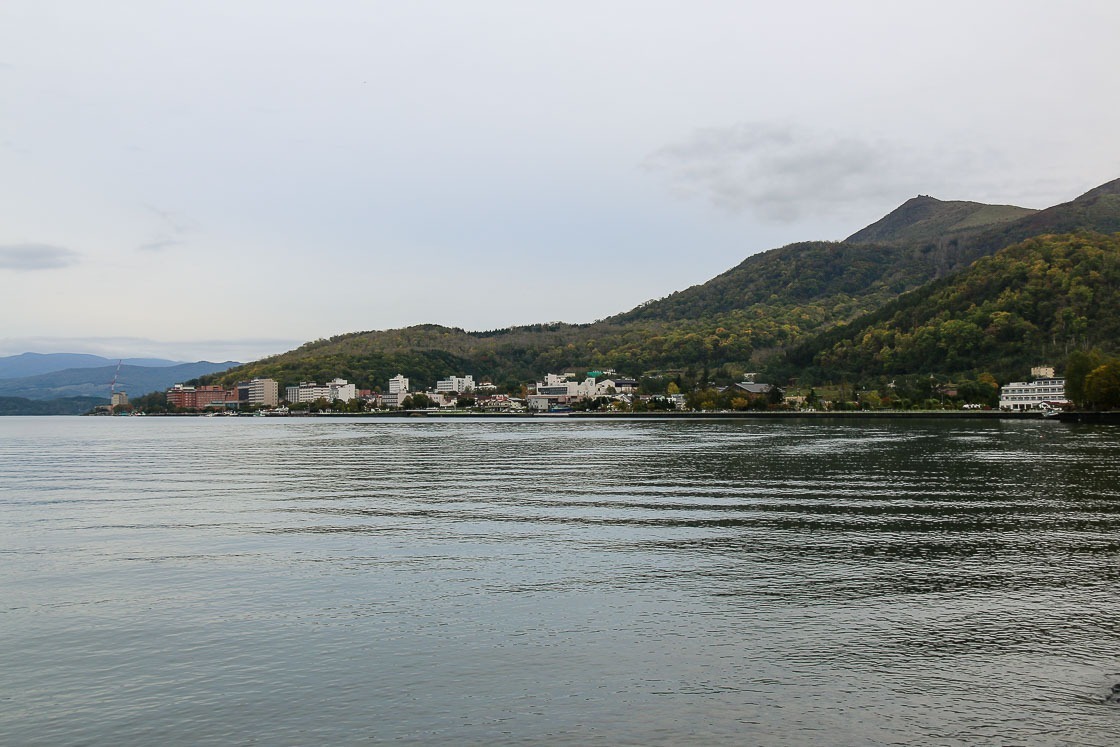
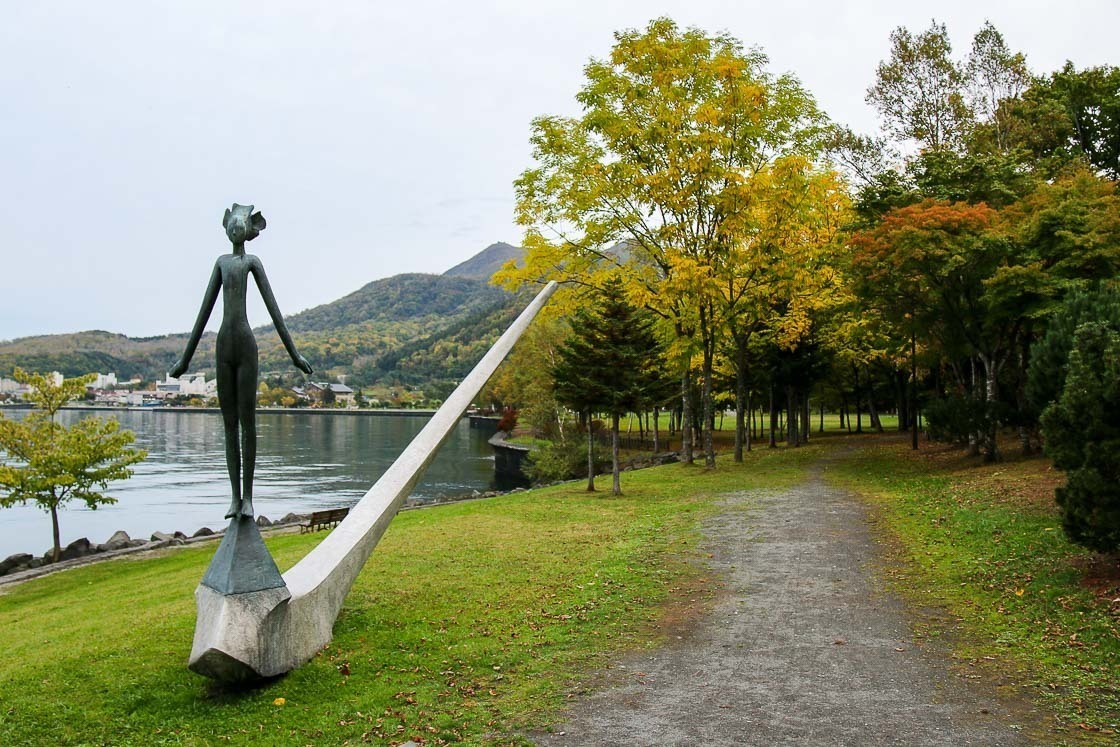
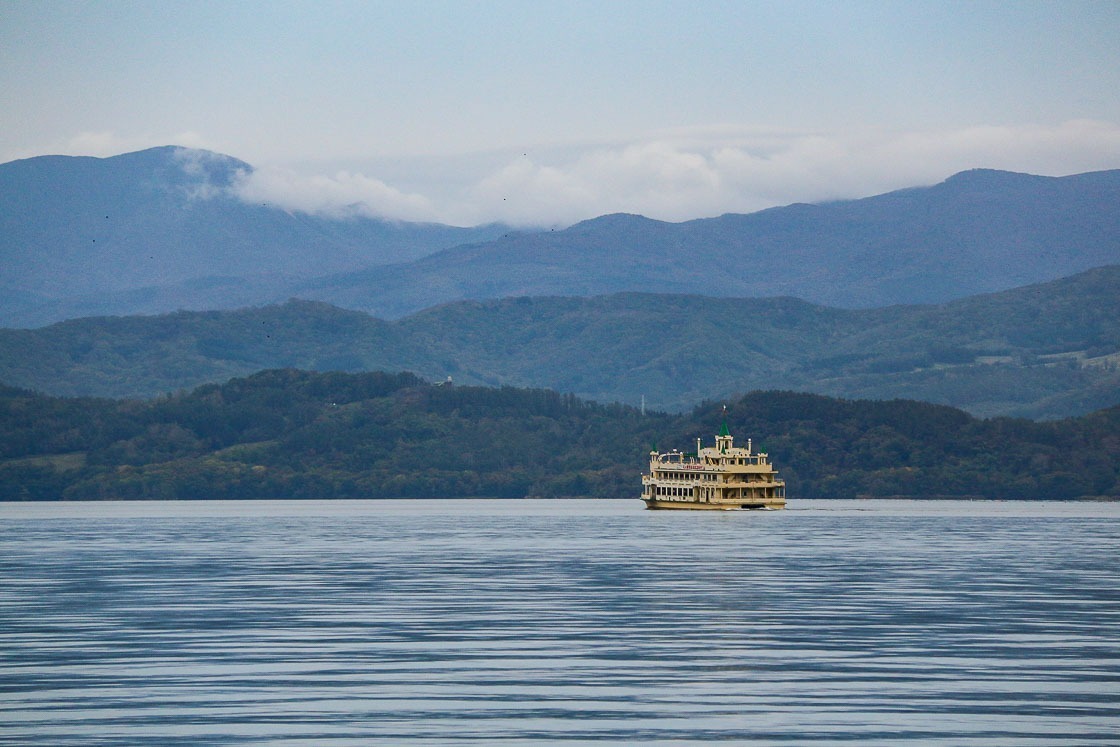

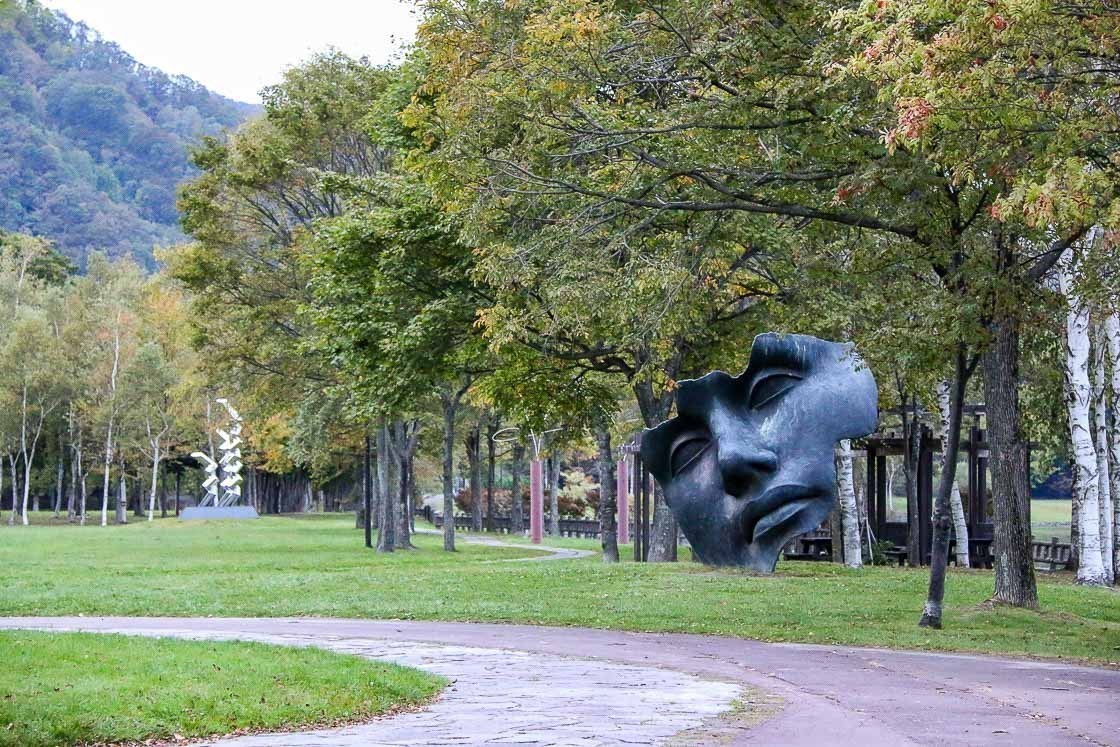
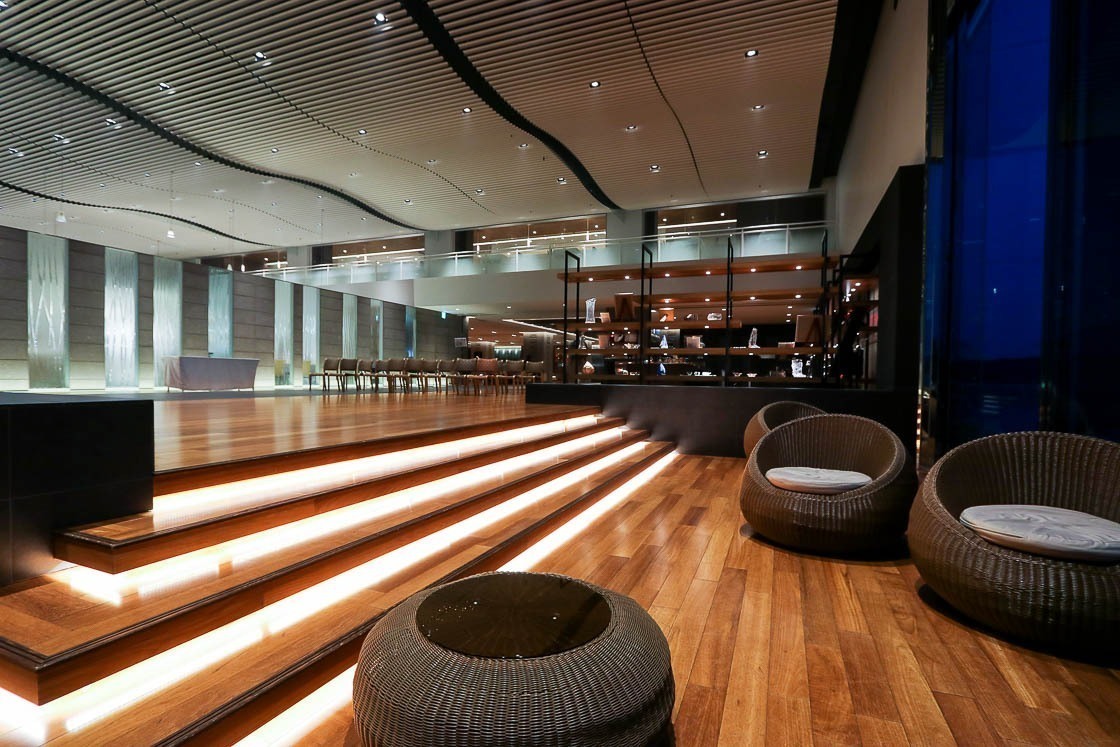

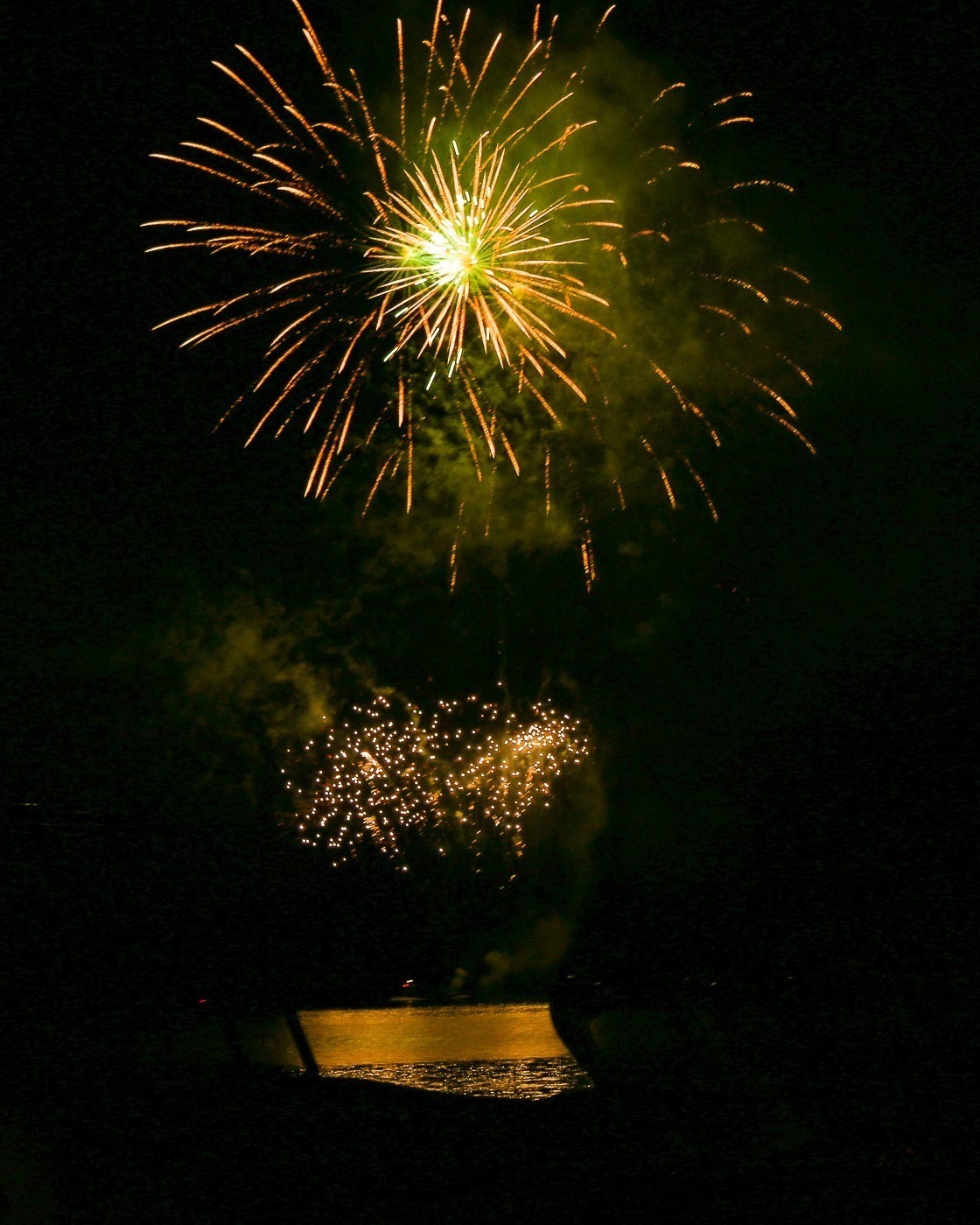
Day 2
The next day, I got up bright and early and ready to check out my final attraction in the area: Mount Usu. I took the Usuzan Ropeway to the upper station and from there enjoyed a panoramic view of Showa Shinzan, a new mountain that appeared in the 1940s due to volcanic activity, Lake Toya and the crater of Usuzan's 1977 eruption. I learned that the mountain has had major eruptions every 20-30 years, and that the last one occurred 18 years ago in the year 2000.
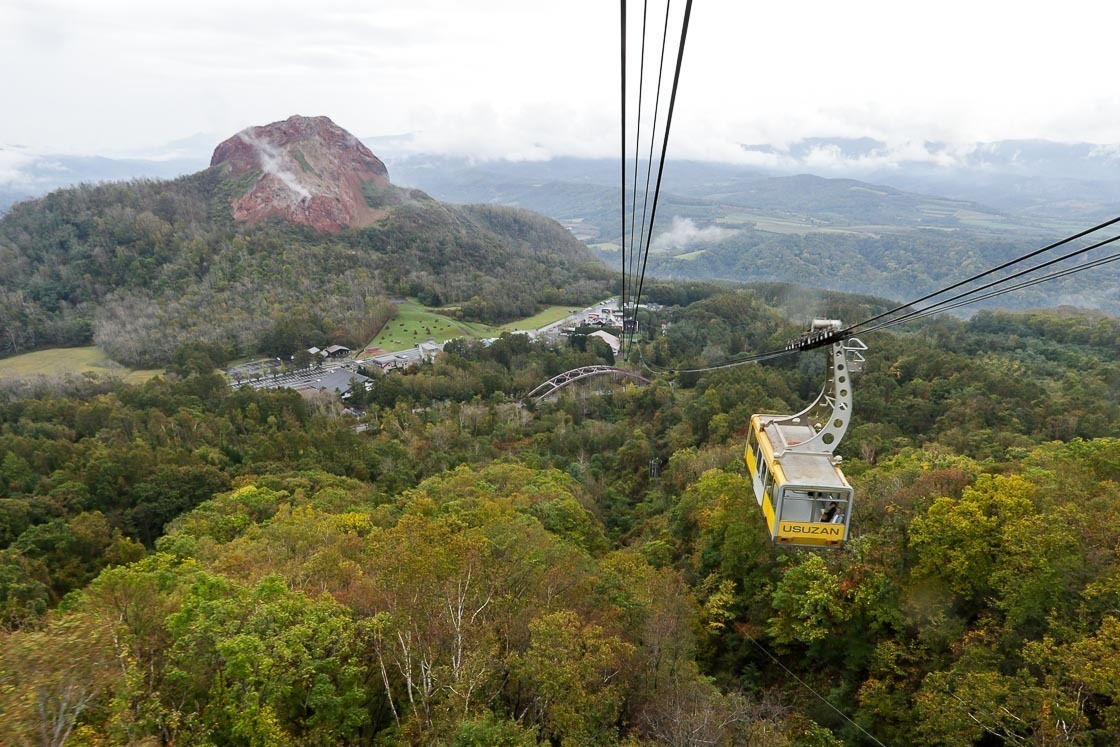

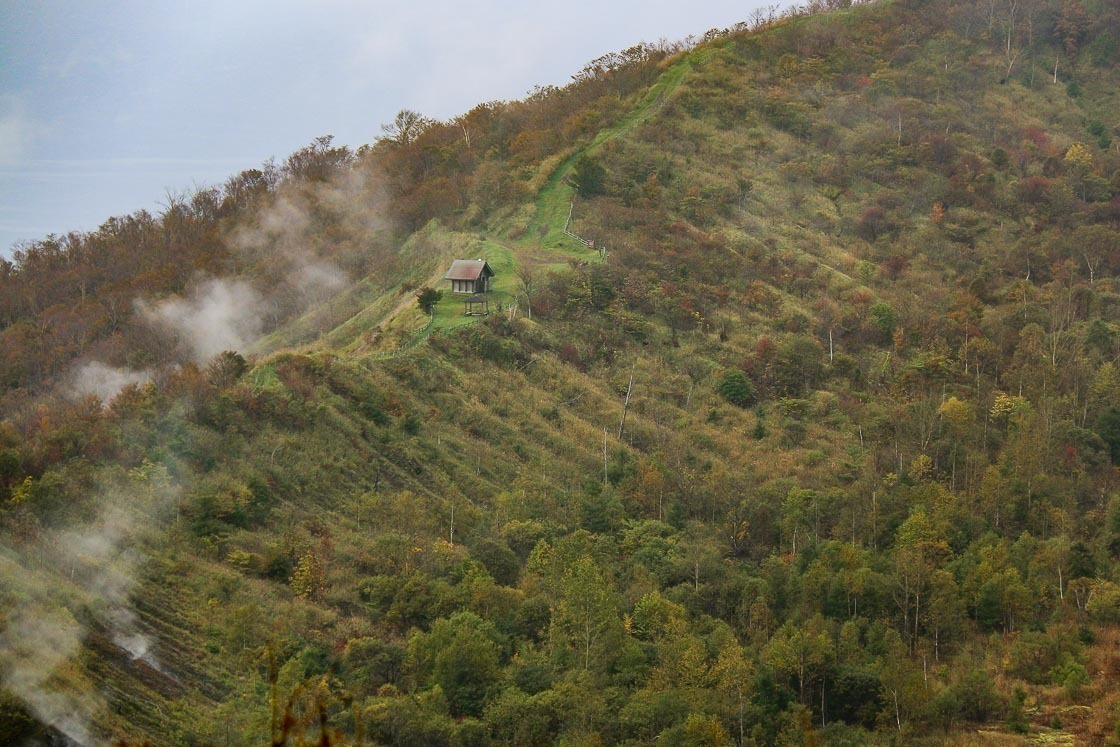
Taking the ropeway is not the only attraction at Usuzan. On the opposite side of the volcano is a hiking trail that leads through the area destroyed by the last eruption in 2000. Buildings and roads destroyed by terrain deformation, landslides and falling rocks remain as they were, and it isn't difficult to imagine the raw power of nature. Fortunately, everyone was evacuated in time and no one was injured.
The walking trail takes about 90 minutes to complete and leads from the Toyako Visitor Center in Toyako Onsen to the ruins of a kindergarten. Bus stops are located at the mid point of the trail and near the kindergarten from where buses can be taken to Toya Station. Note that there are not many buses between the bus stop near the kindergarten and the station. If luggage is a problem, consider taking a taxi and starting the walk from the kindergarten back to the visitor center where there are more buses back to the station.
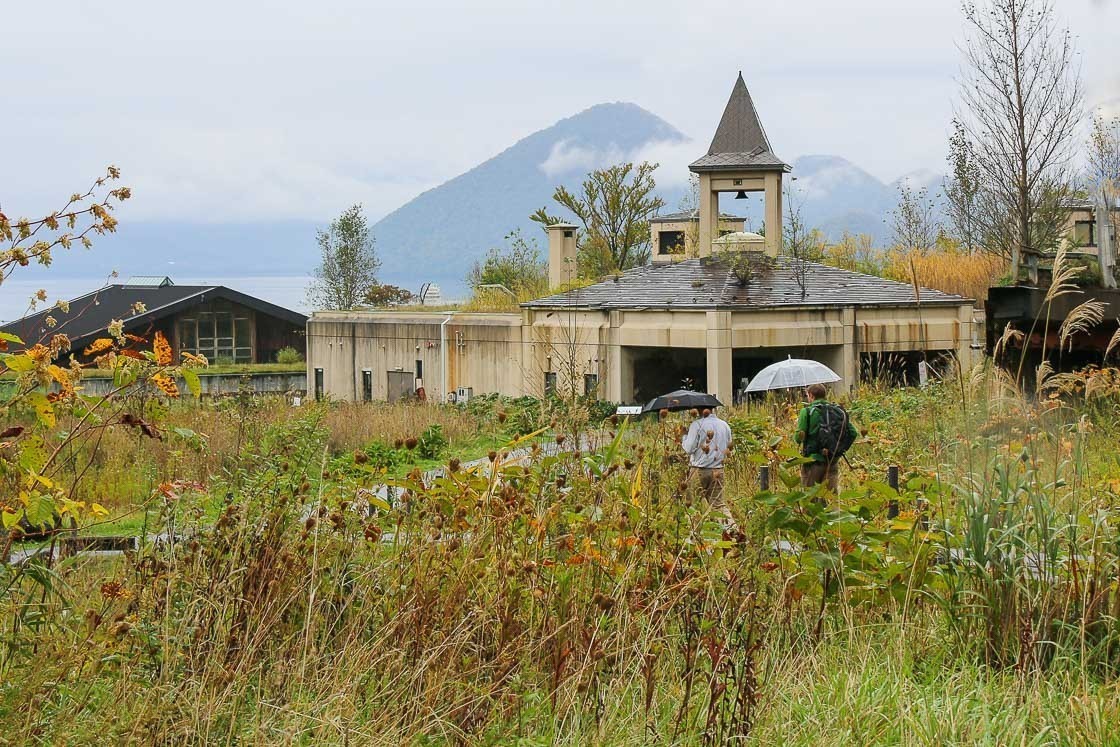
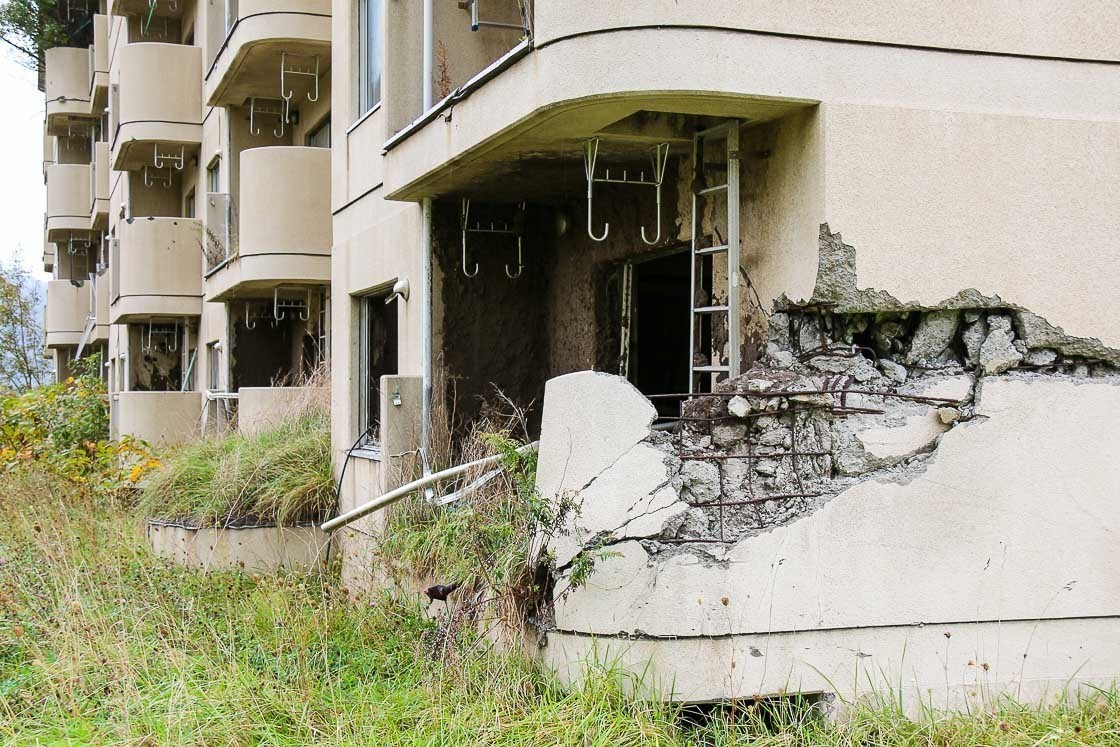

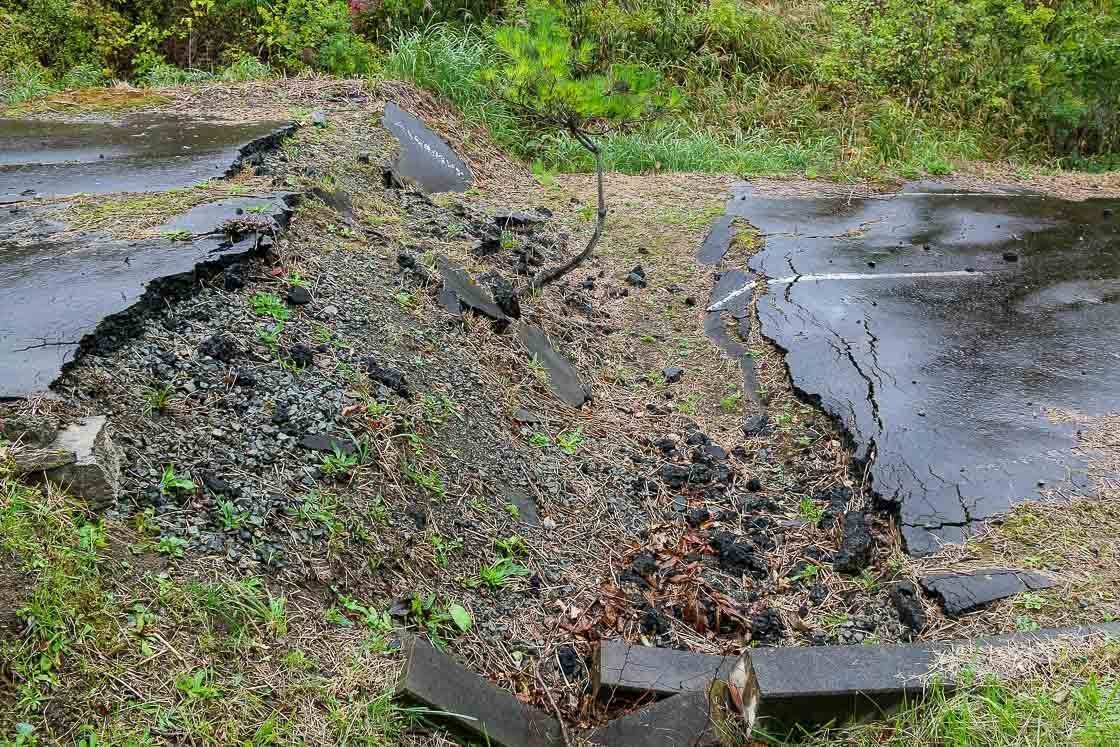
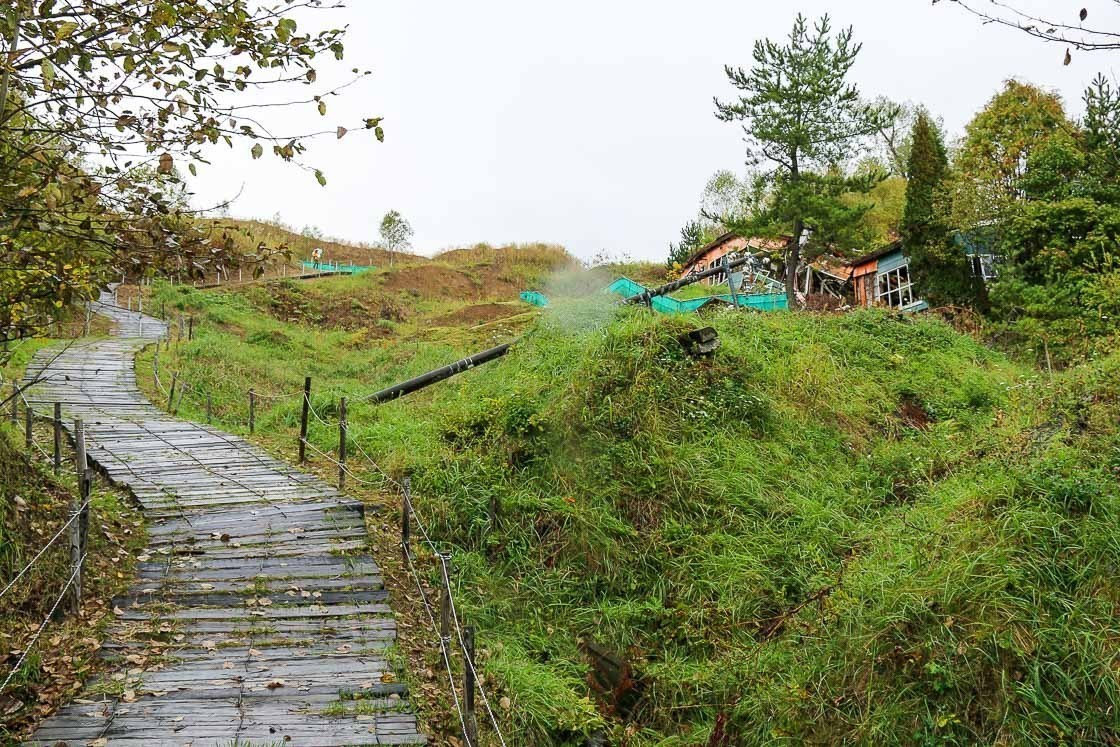


With the Toya area under my belt, I got back on the limited express train towards Onuma Park, a quasi national park with two large, island-dotted lakes. Visitors can choose from a number of walking trails or go for a boat ride to see the islands in the lakes up close. I went for the walking trail option and was treated to lots of greenery and a little bit of color hinting at the start of the autumn color season.
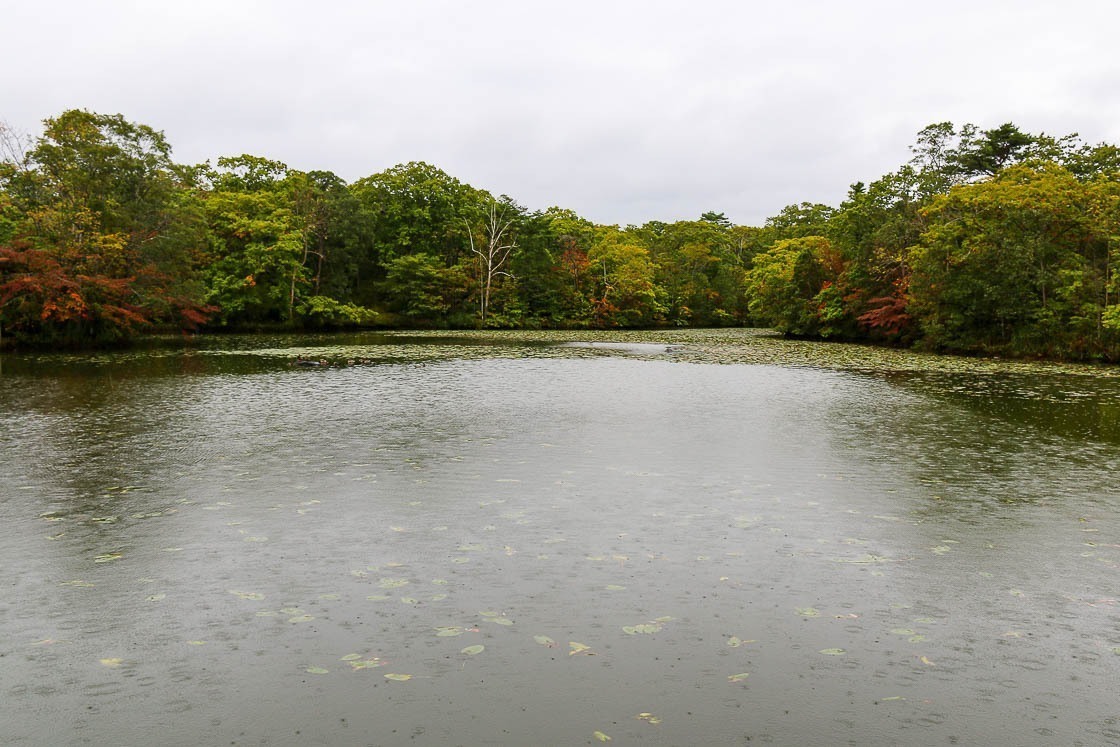
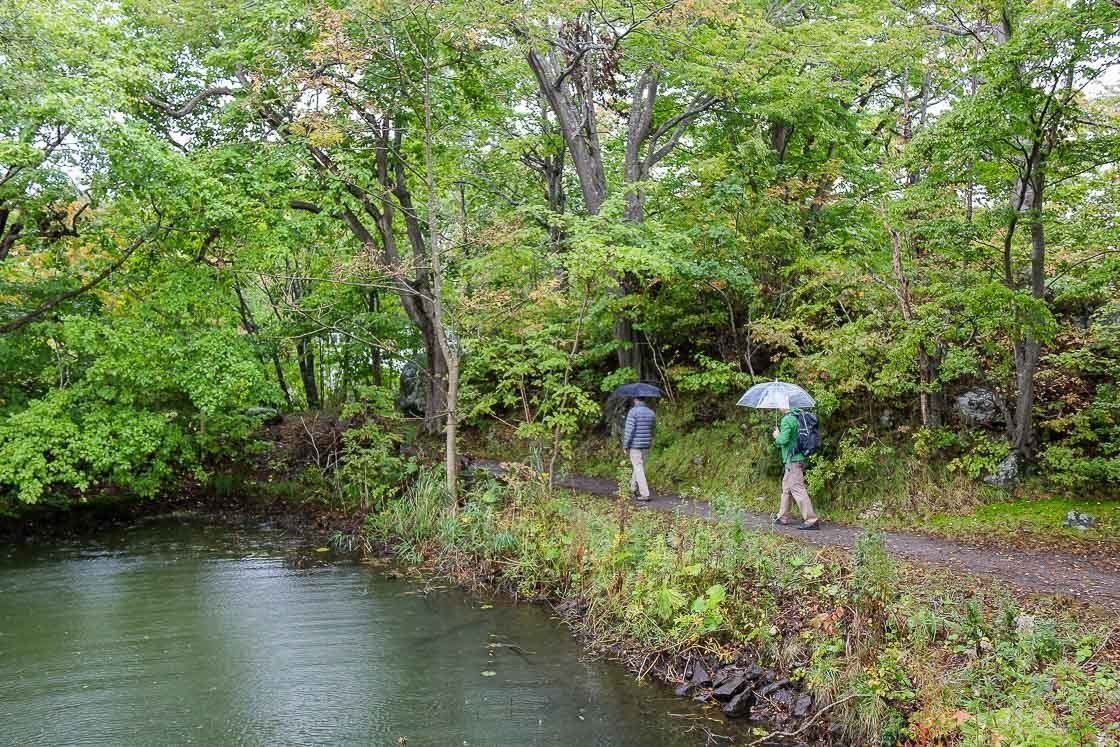
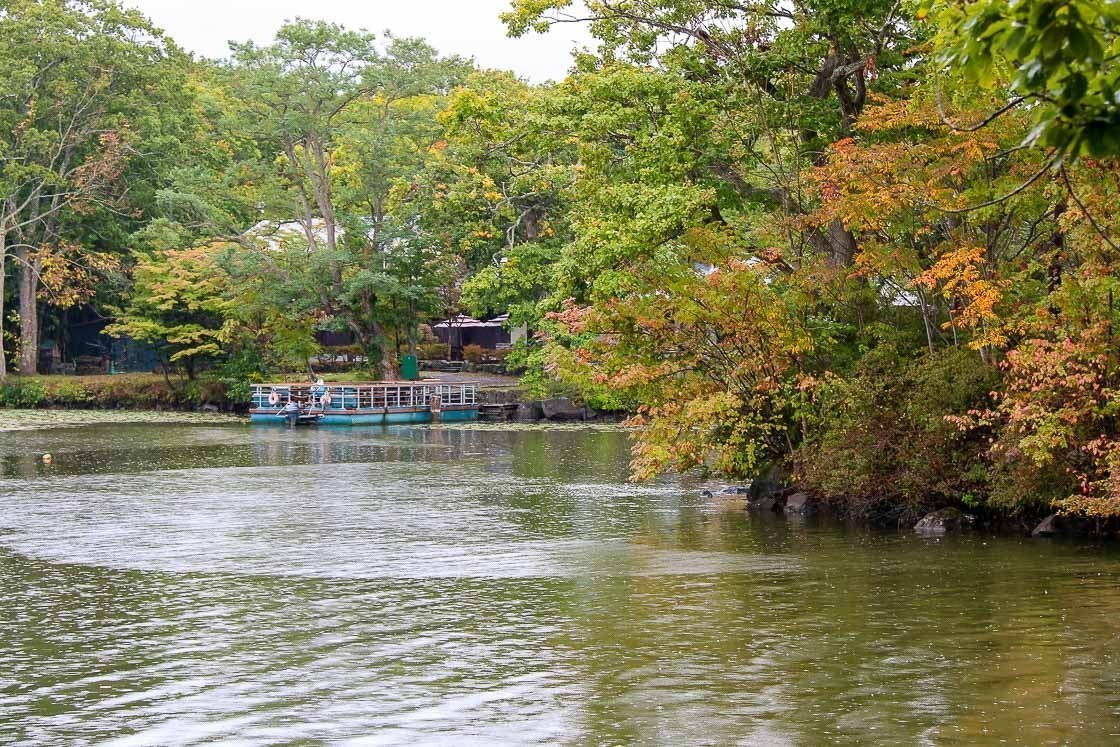
After spending a couple of hours at Onuma Park, I got back on the train and headed to Hakodate, less than 30 minutes away. By the time I got into the city, it was almost sunset, and I headed for Mount Hakodate which boasts one of the top three night views in Japan. Unfortunately, the weather wasn't co-operative, and I headed back down into the city for a delicious seafood dinner to end my big day of walking. Of course there is more to do in Hakodate than just seeing the night view and eating seafood, but that's a story for another time.
